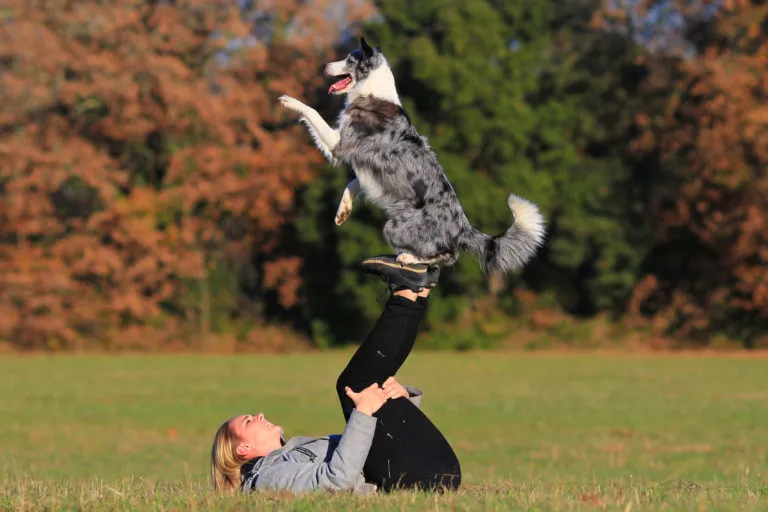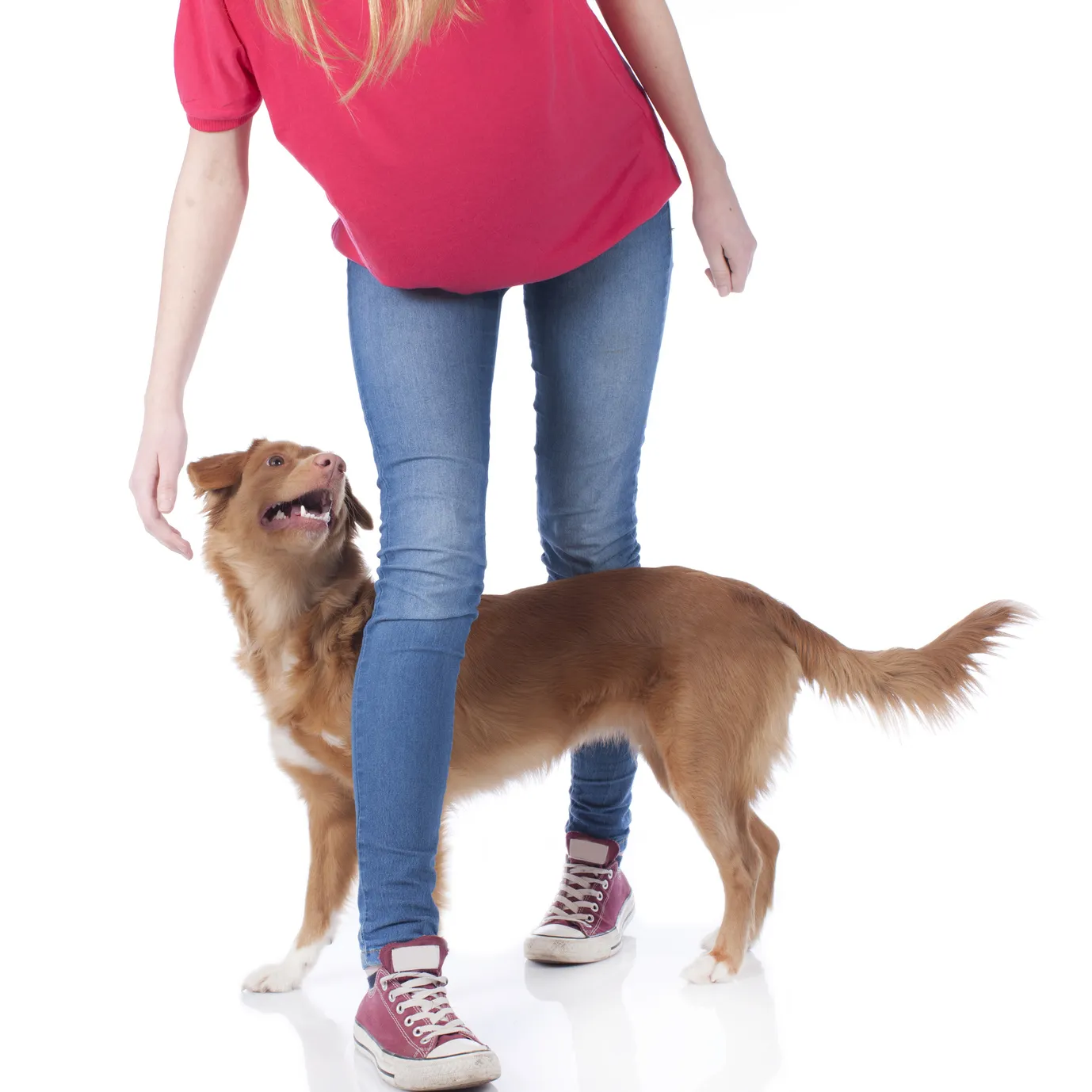Hiking with Dogs – Everyday Adventures
Be it short hikes in the surrounding area, day trips at the weekend or whole hiking holidays with your dog, hiking is a great hobby for human-canine teams!
Sit, stay and paw – most dogs can master these commands with minimal problems! But dancing?! Alongside agility and obedience, dog dancing is another popular pastime in the canine community.

© melounix / stock.adobe.com
Dog dancing originated in the USA, although international tournaments now take place around the world. The idea behind it is to rehearse choreography with your four-legged friend, based on the most perfect and intricate footwork possible. Impressive tricks and suitable music also accompany a dog dancing performance, calling on all of your imagination and creativity!
This activity is a useful way to keep your dog busy, as well as promoting its intelligence. The joint training can also strengthen the relationship between you and your dog.
A big advantage of this team sport is that you need no specialist equipment and can train almost anywhere. The living room makes a great place to start your training, progressing to the park or garden when the weather is nice and you need a bit more space!
The main skills your dog needs for this are motivation and the ability to concentrate! It places high demands on dog and owner, but does not require your dog to be a specific age, temperament or breed. Even dogs with joint problems can enjoy some dog dancing, although you should be careful to avoid jumps with these dogs.
 © absolutimages / stock.adobe.com
© absolutimages / stock.adobe.com
First of all, you need to train your dog to perform a repertoire of basic tricks, then your creativity need know no bounds! Standard tricks include:
Once your dog has mastered a few tricks on command, you can begin to build these individual elements up into a routine. Look for a suitable song and pay attention to the pace, taking care to match your movements to the music.
Here are some tips to make it easier for you and your dog to achieve success as swiftly as possible:
Be it short hikes in the surrounding area, day trips at the weekend or whole hiking holidays with your dog, hiking is a great hobby for human-canine teams!
Cheap and yellow – tennis balls are popular dog toys. However, models designed for sports are unsuitable for four-legged friends and pose certain risks. Find out below why the classic tennis balls can be dangerous for dogs and which pet-friendly alternatives are available.
Only for big dogs? No way! Small dogs too can have plenty of fun with agility. Find out here whether your little dog is suited to this dynamic dog sport and which five factors you as a dog owner have to take into account.